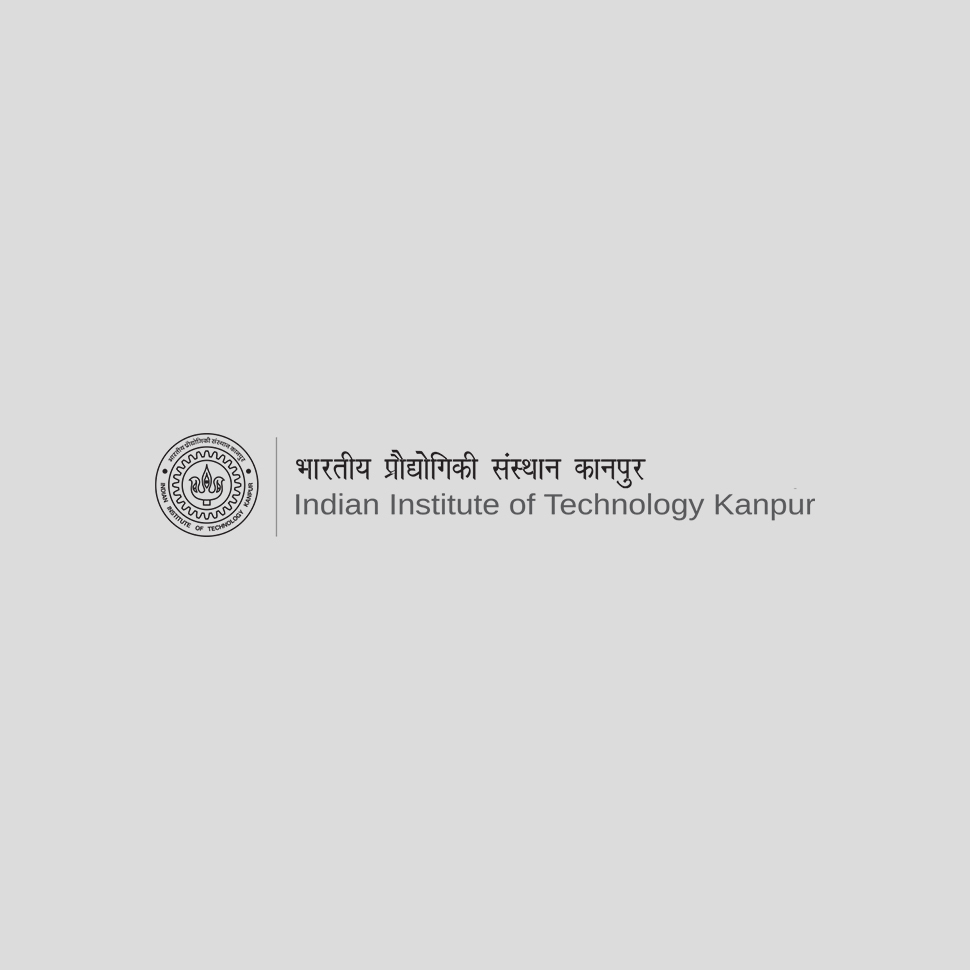
Prerequisites:
3-0-0-9
Course Contents
Introduction to integrating nanotechnology and materials science with life sciences : Introduction to various size regimes in life science and materials science Importance of integration of materials science and engineering with life sciences. Proteins and DNA: Structure and properties : Cells organelles and building blocks of important molecules in cell (1) Protein structure, organization, functions with emphasis on antibodies and enzymes, regulation of enzyme activity, protein phosphorylation DNA: structure and function of DNA, DNA replication and repair Micro fabrication techniques and soft lithography; Fundamentals of bio MEMS, micro fluidic devices and Lab on chip devices Materials for MEMS Photolithography: (single crystal silicon, mask, oxide formation, resist application, baking, exposure, positive and negative resist, developing, etching. Etching: Dry Vs wet and isotropic Vs anisotropic, plasma (DC arc and RF), DRIE, wet bulk surface micromachining, 3D structure with sacrificial layer, LIGA Deposition: physical and chemical vapor deposition Soft fabrication: application of polymers in bio MEMS, micro contact printing, micro transfer molding, micro molding in capillaries, injection molding, hot embossing. Bio compatibility: Definition of biocompatibility, host response to implanted device, in vivo and in vitro tests for biocompatibility Overview of immune system (in state and adaptive immunity, cell mediated and humoral immunity), B cells, T cells, MHC.
Topics
Current Course Information
Instructor(s):
Number of sections:
Tutors for each section:
Schedule for Lectures:
Schedule for Tutorial:
Schedule for Labs:



